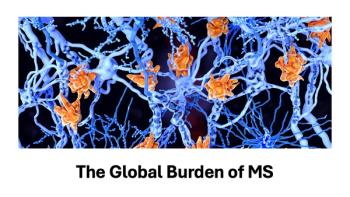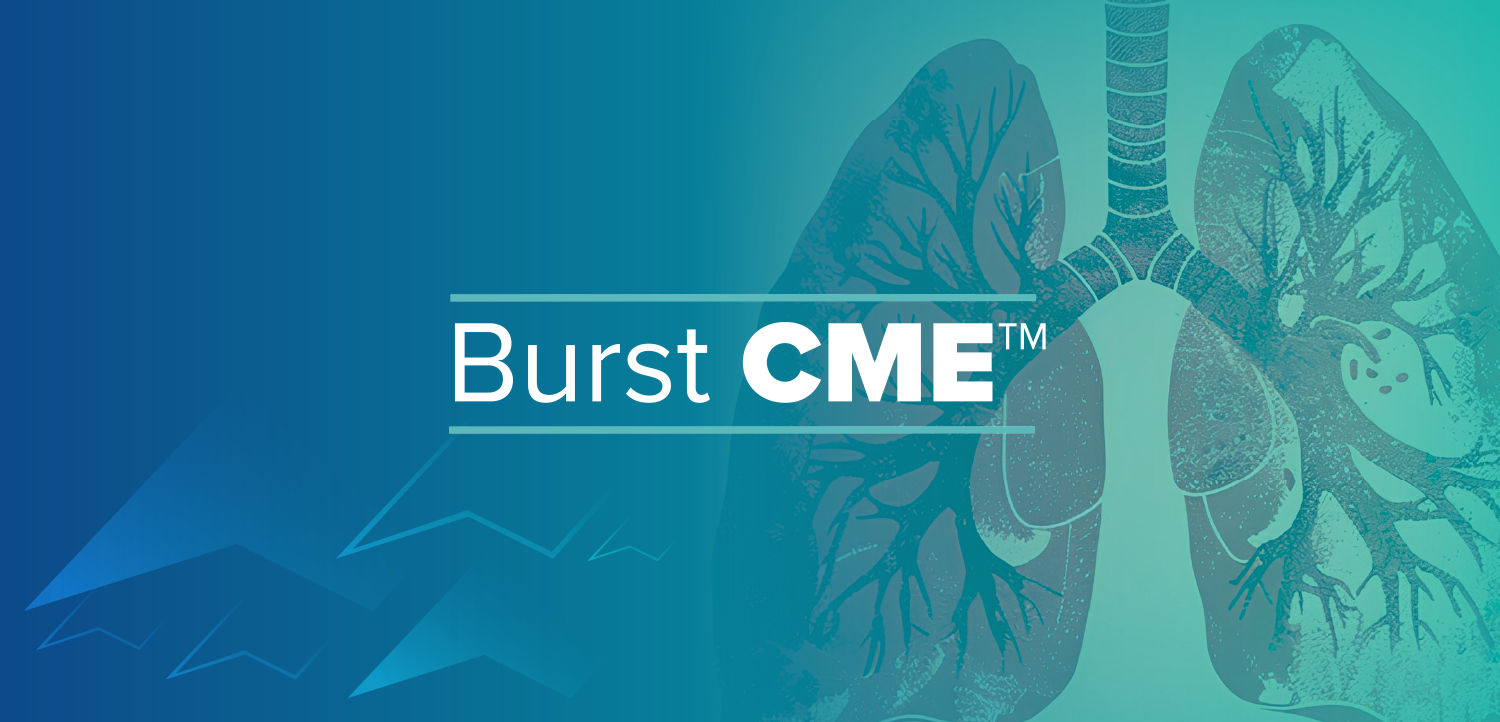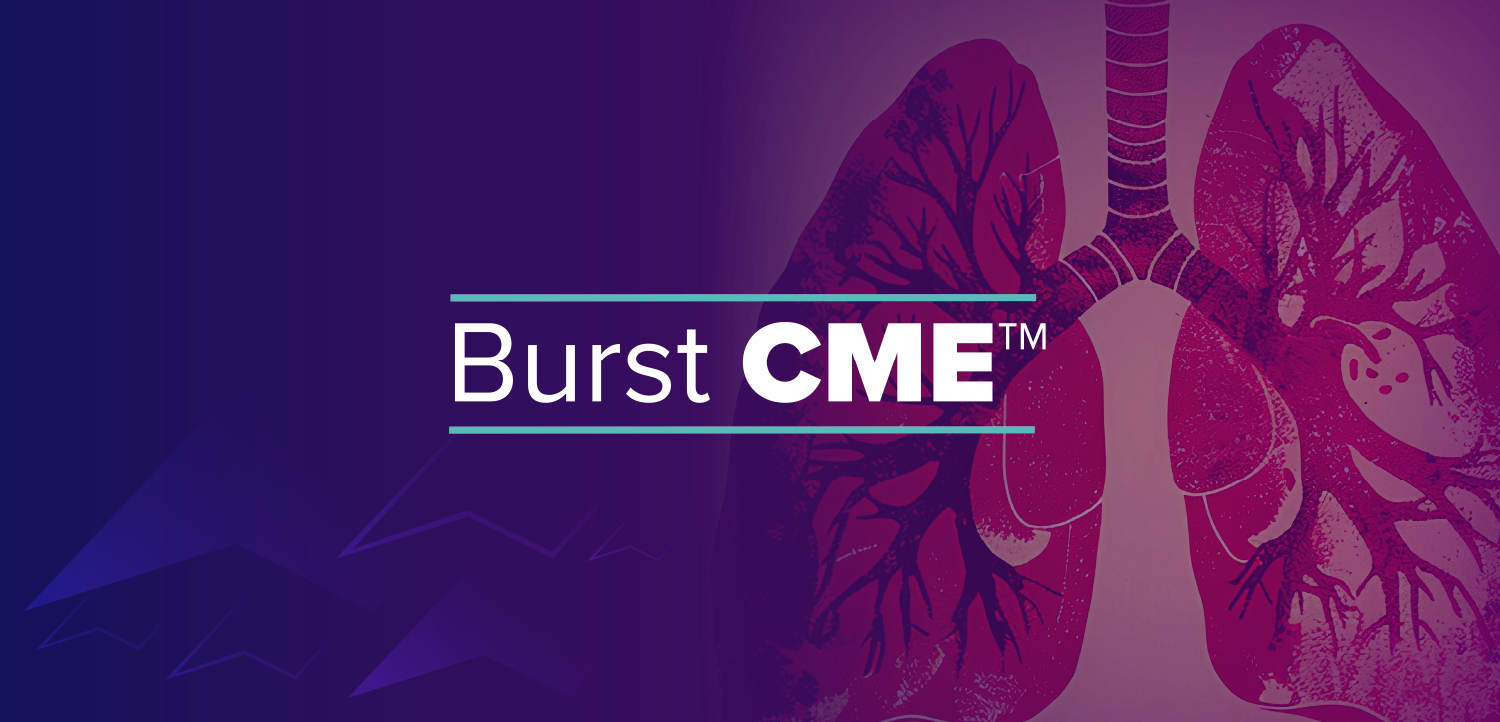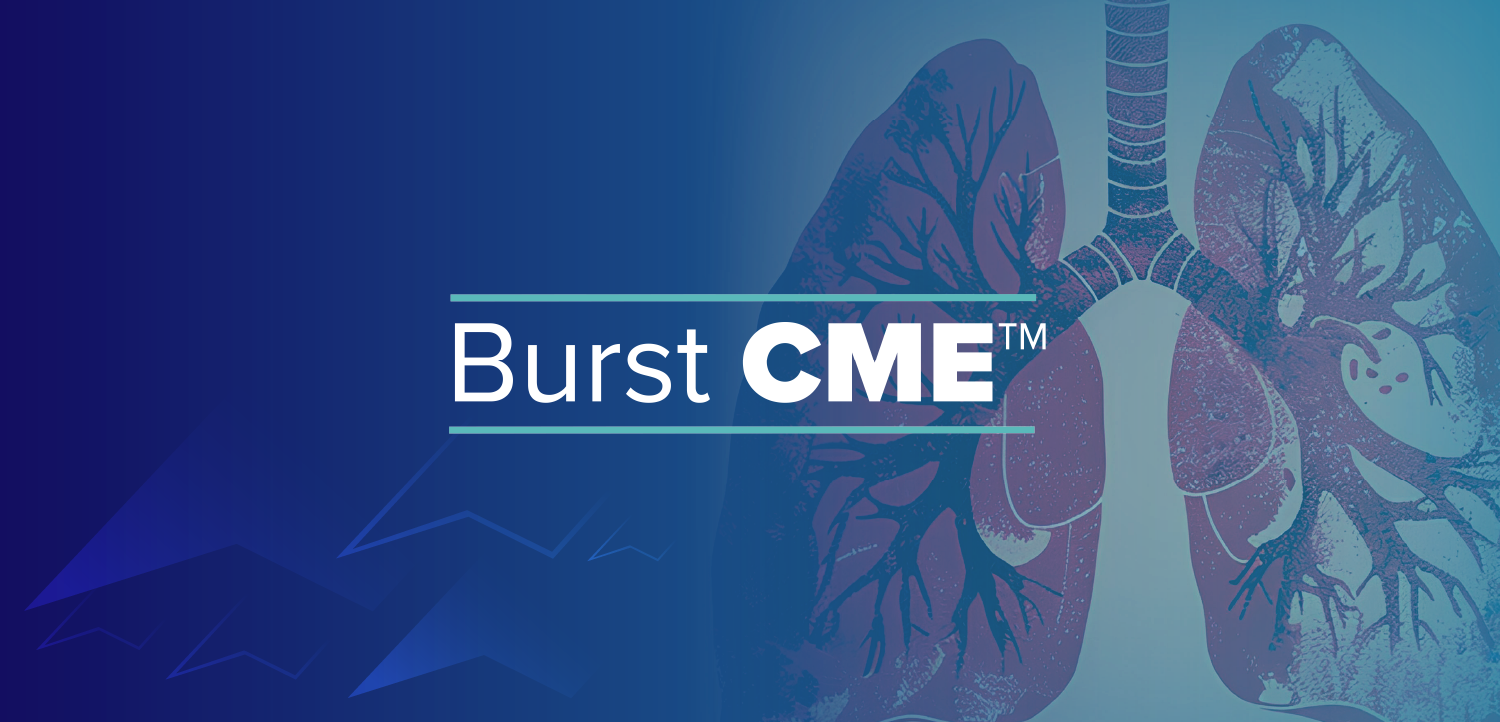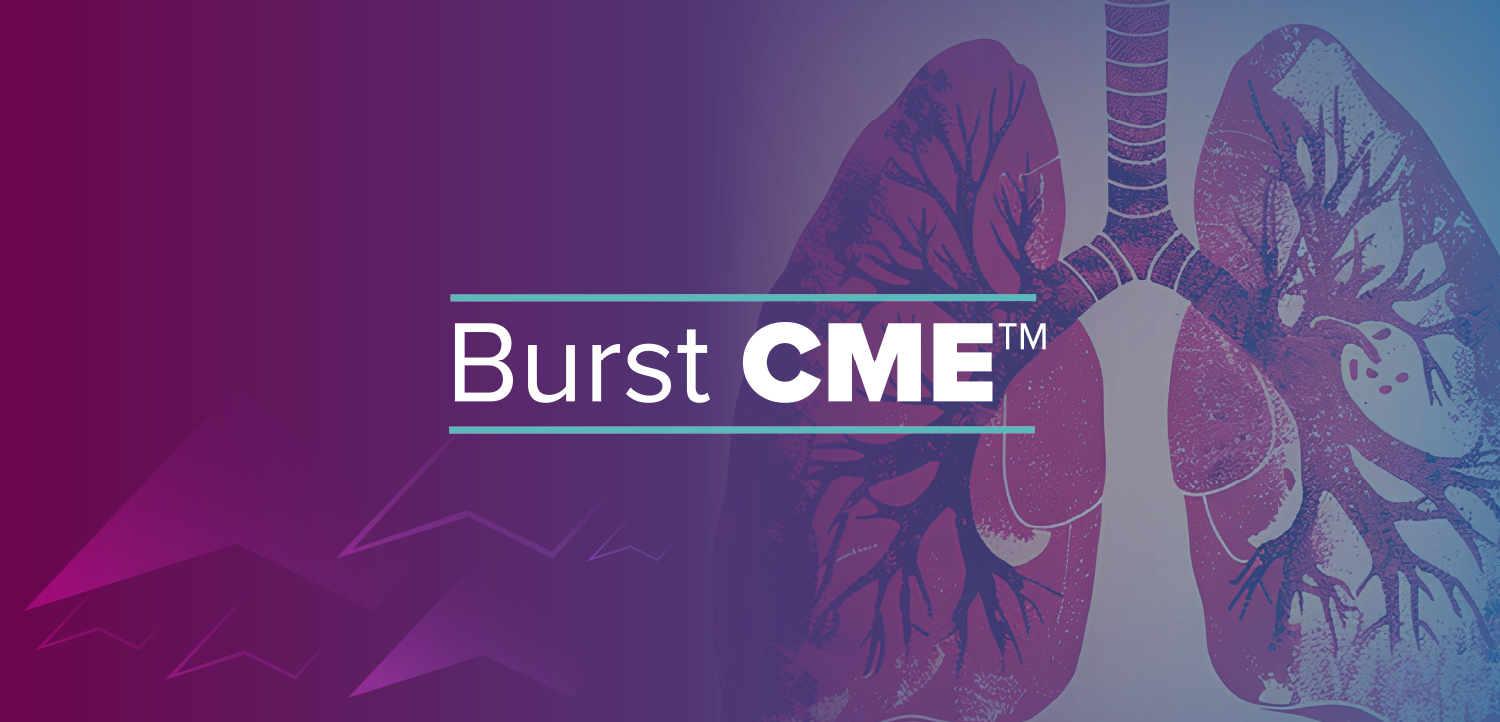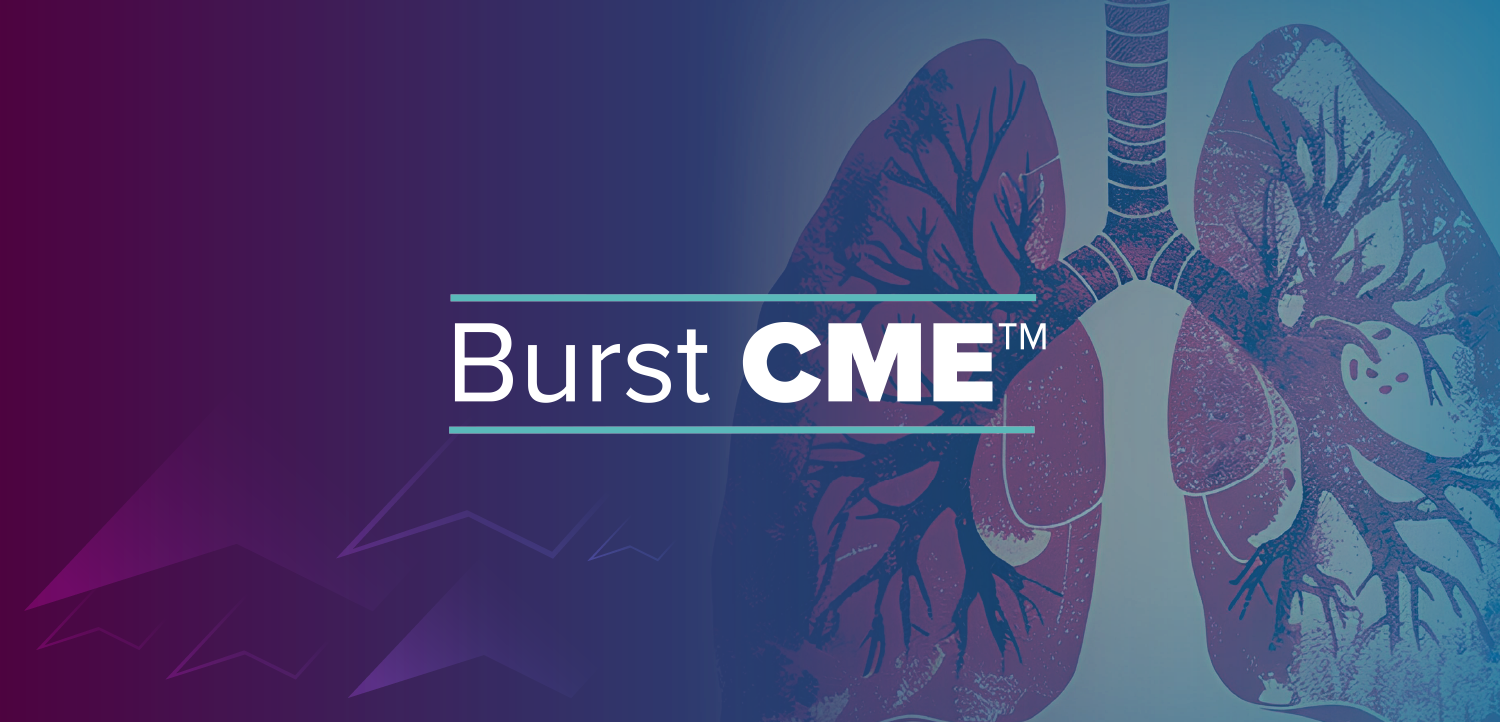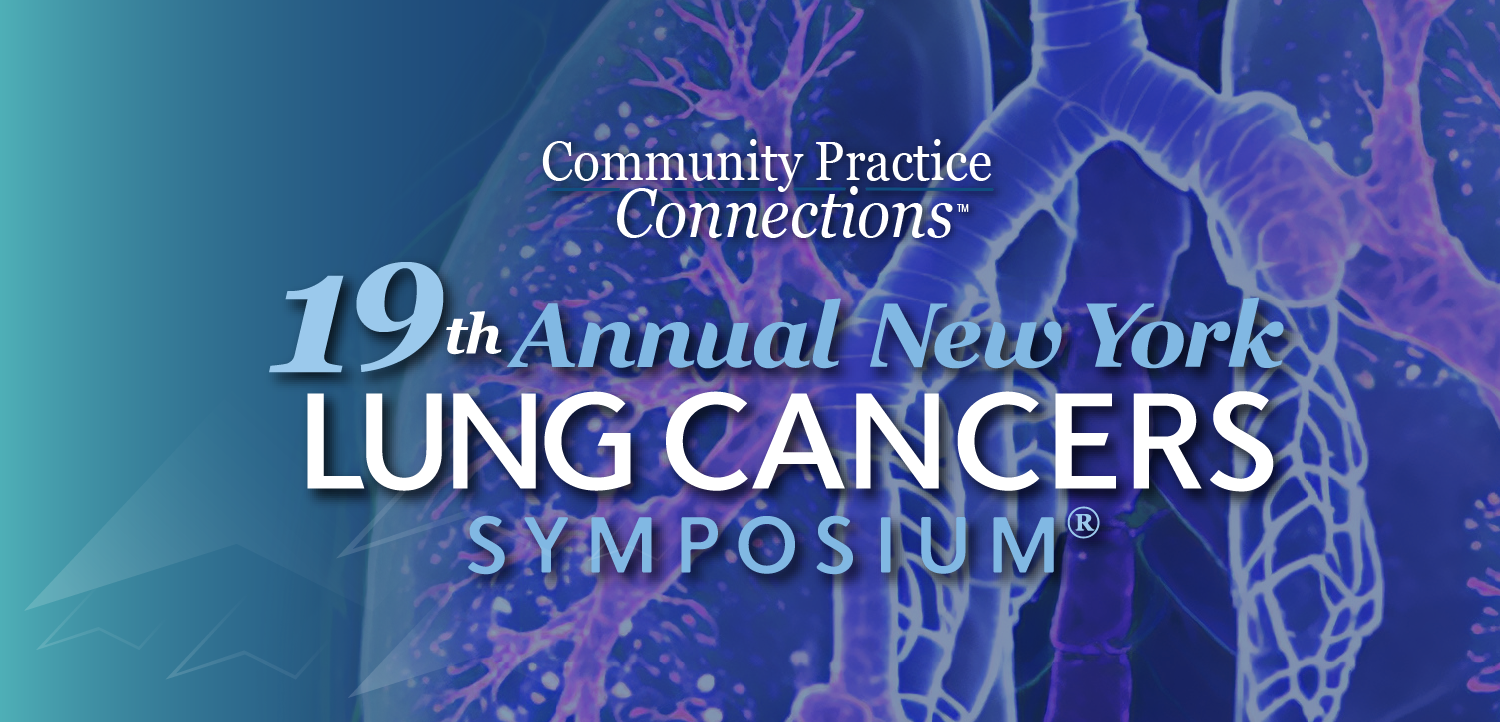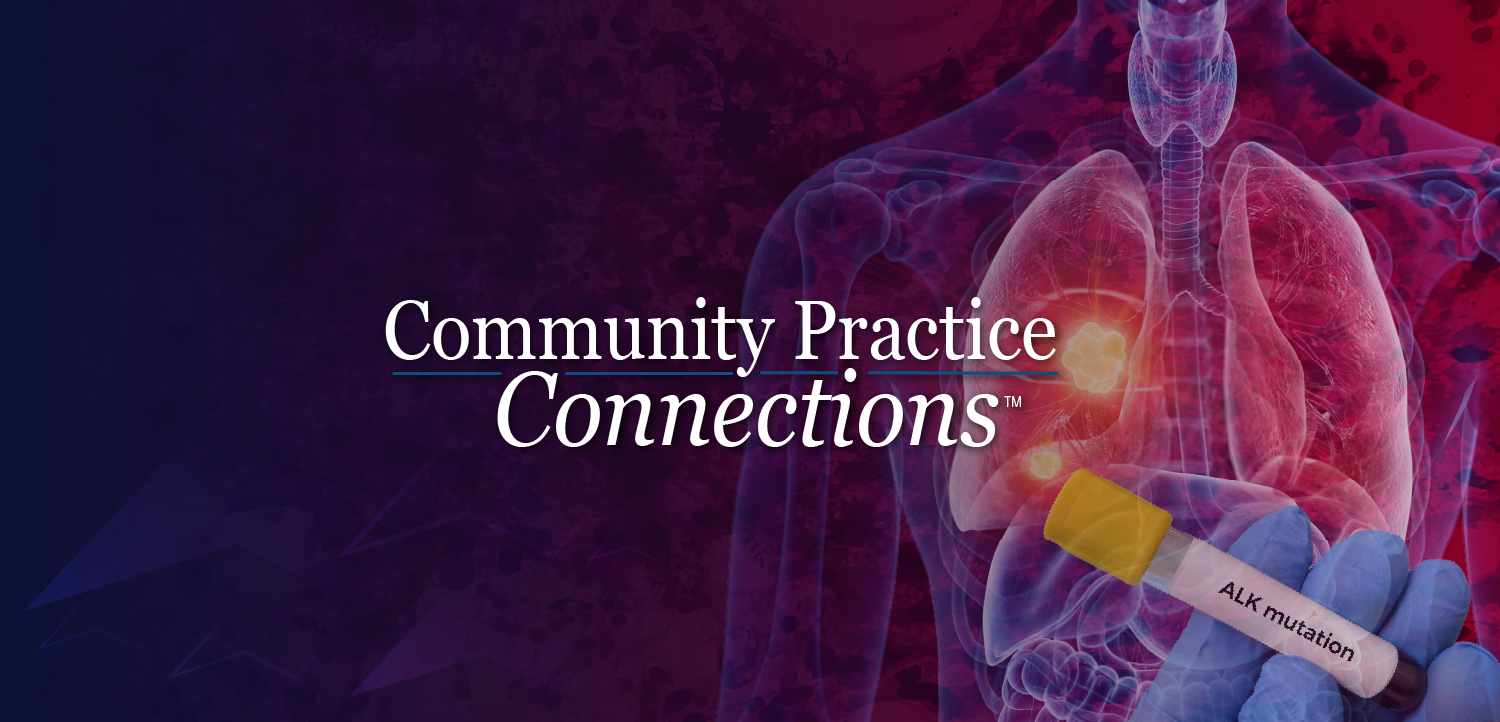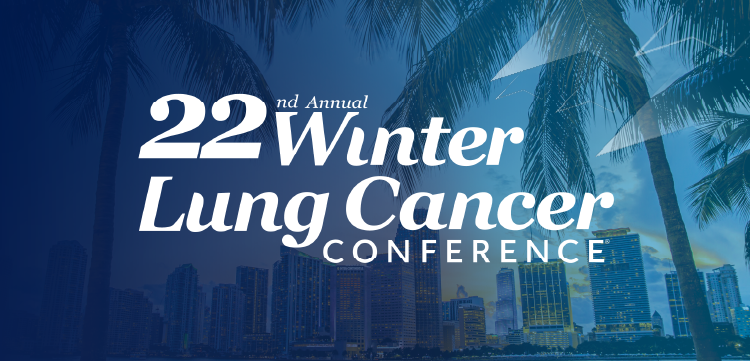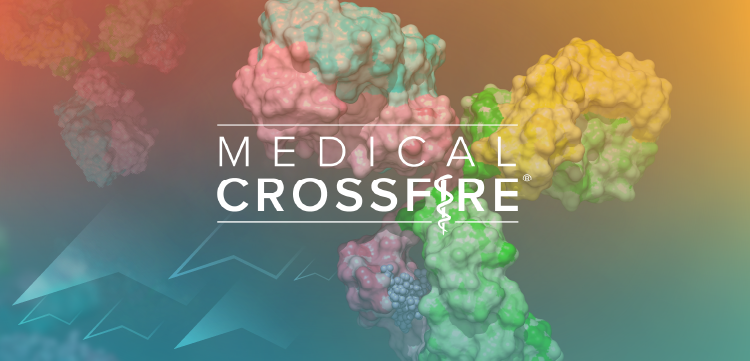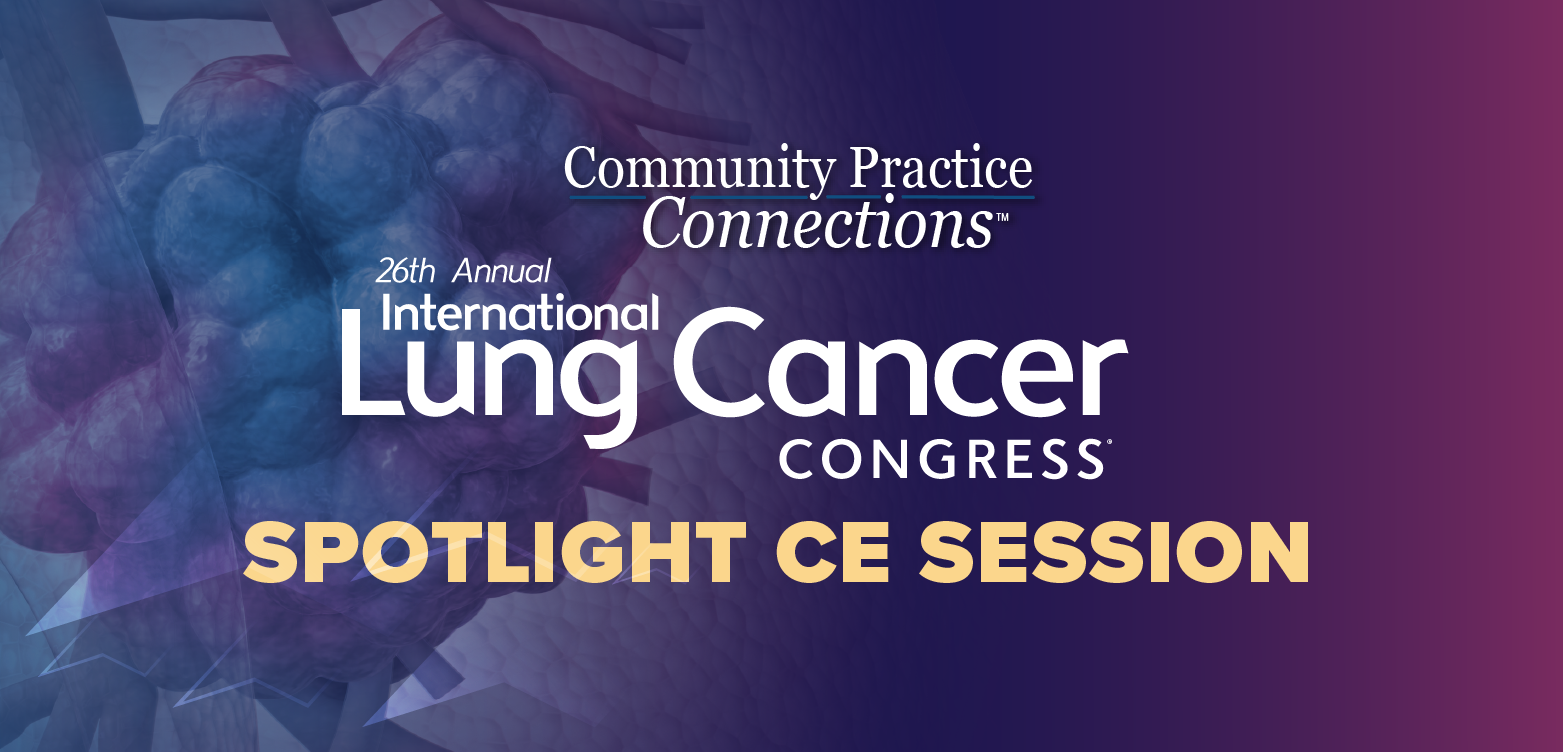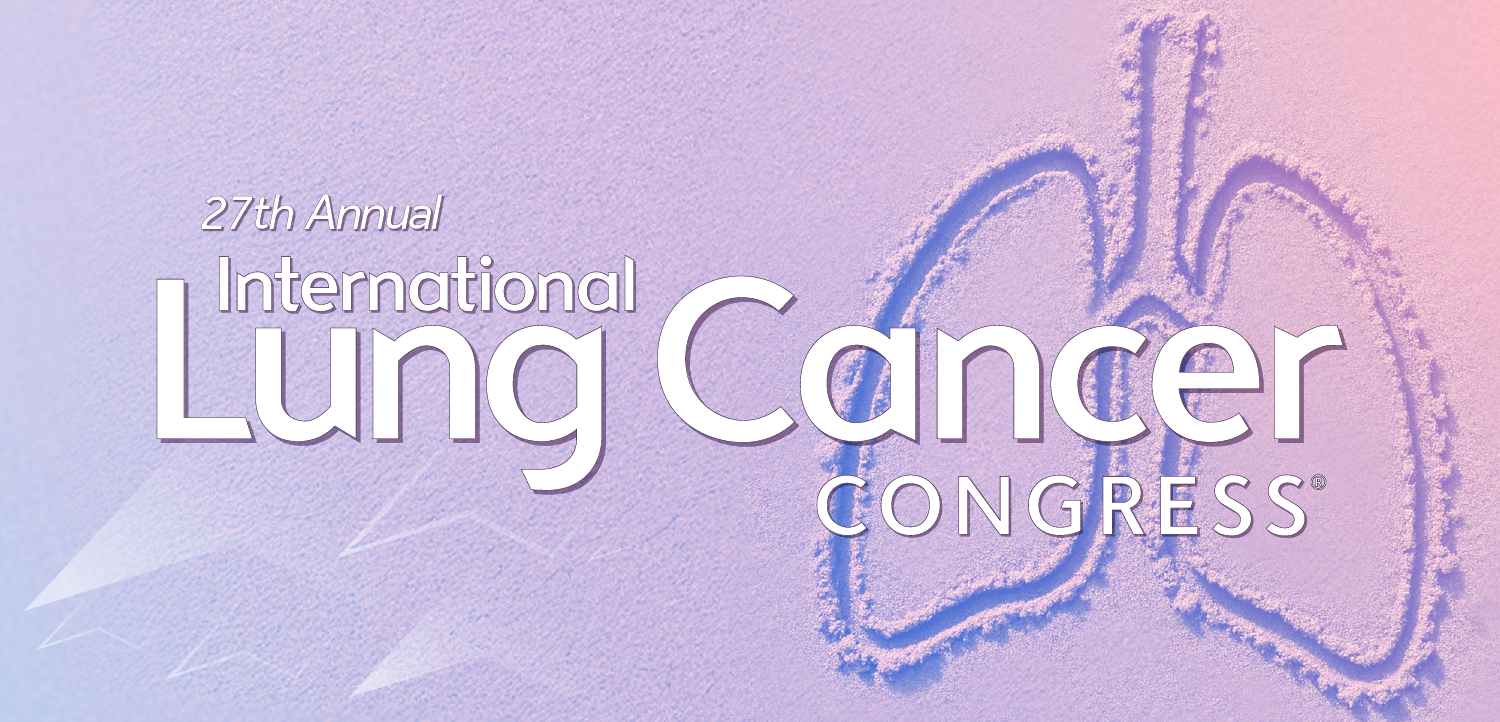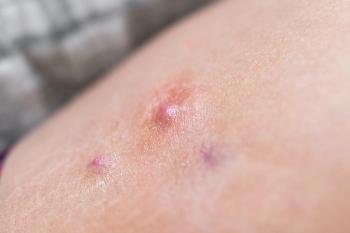
Bivalirudin provides equal efficacy, lower risk of bleeding compared with current standard of care for ACS
In a large, multi-center, randomized, open-label, prospective trial named the Acute Catheterization and Urgent Intervention Triage Strategy (ACUITY) trial, monotherapy with the anti-thrombotic agent bivalirudin, when administered to patients experiencing an acute coronary syndrome (ACS) (eg, unstable angina or myocardial infarction without ST-segment elevation), was demonstrated to be as efficacious as the current standard-of-care therapy but with nearly a 50% lower risk of bleeding. The results of the trial were published in the New England Journal of Medicine (NEJM).
In a large, multi-center, randomized, open-label, prospective trial named the Acute Catheterization and Urgent Intervention Triage Strategy (ACUITY) trial, monotherapy with the anti-thrombotic agent bivalirudin, when administered to patients experiencing an acute coronary syndrome (ACS) (eg, unstable angina or myocardial infarction without ST-segment elevation), was demonstrated to be as efficacious as the current standard-of-care therapy but with nearly a 50% lower risk of bleeding. The results of the trial were published in the New England Journal of Medicine (NEJM).
More than 1.4 million people diagnosed with ACS are admitted to hospitals in the United States every year. The current treatment guidelines for patients with moderate- to high-risk ACS recommend an early invasive treatment strategy (defined as angiography followed by percutaneous coronary intervention [PCI], coronary-artery bypass grafting [CABG], or medical management), including the administration of aspirin, pre-PCI clopidogrel, a glycoprotein (GP) IIb/IIIa inhibitor, and either unfractionated heparin (UFH) or low-molecular-weight heparin (LMWH) use.
"This intensive adjunctive pharmacologic regimen results in frequent hemorrhagic complications that have been independently associated with early and late mortality rates," according to the authors.
Bivalirudin monotherapy and heparin plus a GP IIb/IIIa inhibitor demonstrated statistically similar rates of the composite ischemia end point (7.8% and 7.3%, respectively; RR=1.08; 95% CI, 0.93–1.24, P=.32). However, compared with heparin plus a GP IIb/IIIa inhibitor, bivalirudin demonstrated significantly reduced rates of major bleeding (3.0% vs 5.7%, respectively; RR=0.53; 95% CI, 0.43–0.65, P<.001) and the net clinical outcome end point (10.1% vs 11.7%, respectively; RR=0.86; 95% CI, 0.77–0.97, P=.02). Bivalirudin plus a GP IIb/IIIa inhibitor was associated with noninferior rates of ischemia, major bleeding, and combined ischemia and major bleeding compared with heparin plus a GP IIb/IIIa inhibitor.
The authors did point out that the study results are not applicable to patients with an ACS that is "managed either solely with a noninvasive strategy, without diagnostic angiography and intended revascularization, or for a prolonged period (>72 hours) before catheterization."
The ACUITY trial provides additional data to support the use of bivalirudin in patients with ACS. In 2003, the results of the REPLACE-2 trial demonstrated that in a lower risk population (elective PCI patients), bivalirudin had similar efficacy but a lower bleeding risk compared with combination therapy consisting of heparin plus a GP IIb/IIIa inhibitor.
SOURCES
Stone GW, McLaurin BT, Cox DA, et al; ACUITY Investigators. Bivalirudin for patients with acute coronary syndromes. New Engl J Med.2006;355:2203–2216.
Lincoff AM, Bittl JA, Harrington RA, et al; REPLACE-2 Investigators. Bivalirudin and provisional glycoprotein IIb/IIIa blockade compared with heparin and planned glycoprotein IIb/IIIa blockade during percutaneous coronary intervention: REPLACE-2 randomized trial. JAMA. 2003;289:853–863.
Management of patients with unstable angina and non-ST segment elevation myocardial infarction: A report of the American College of Cardiology/American Heart Association Task Force on Practice Guidelines (Committee on the Management of Patients With Unstable Angina). Available at: http://
Newsletter
Get the latest industry news, event updates, and more from Managed healthcare Executive.

